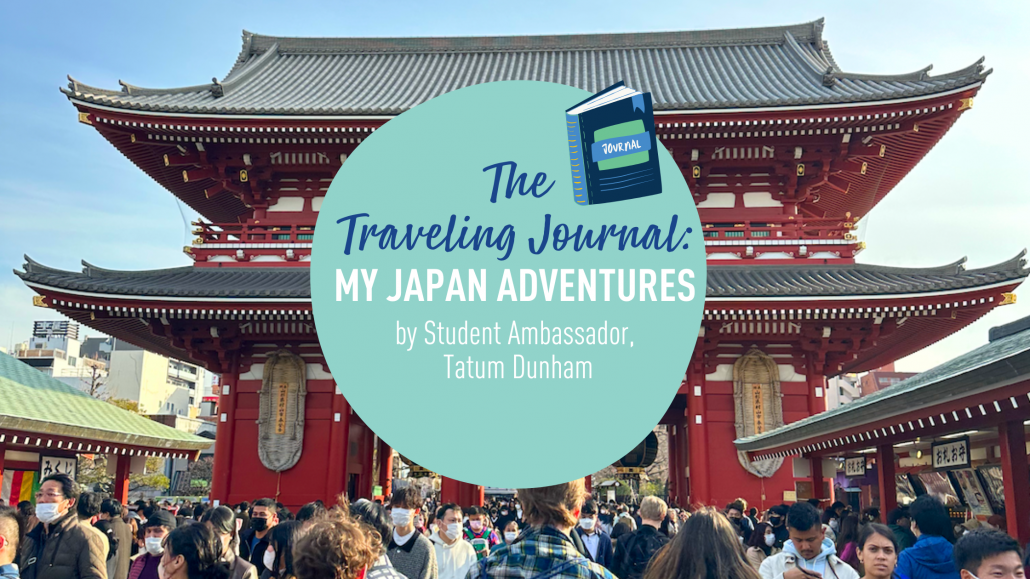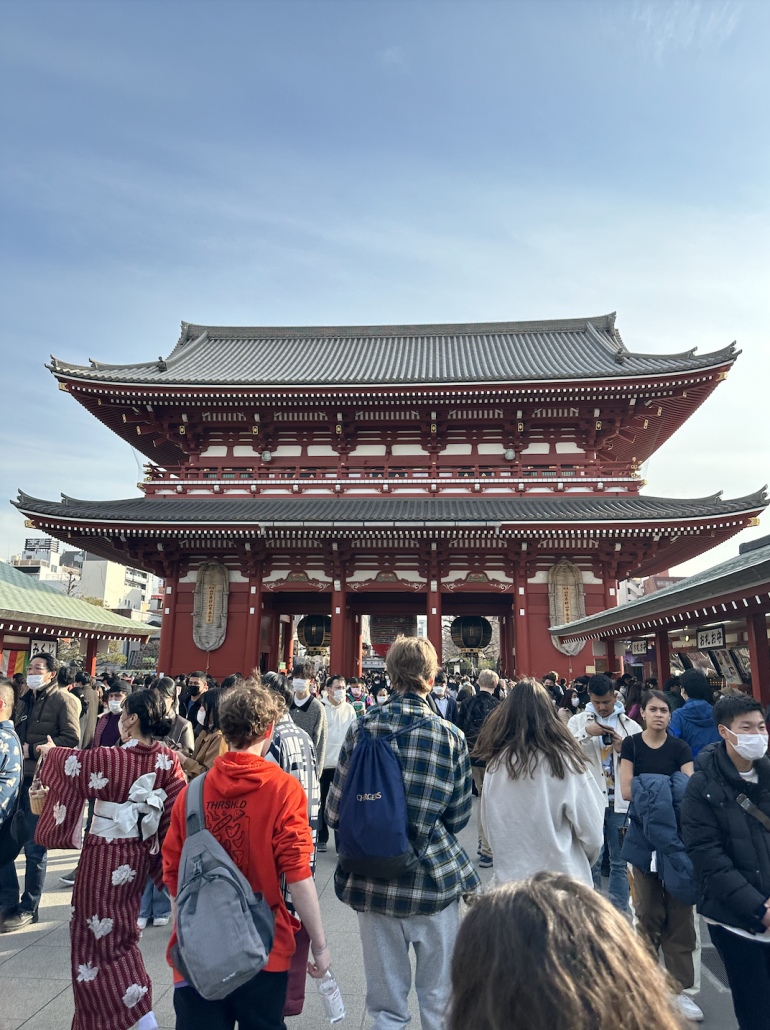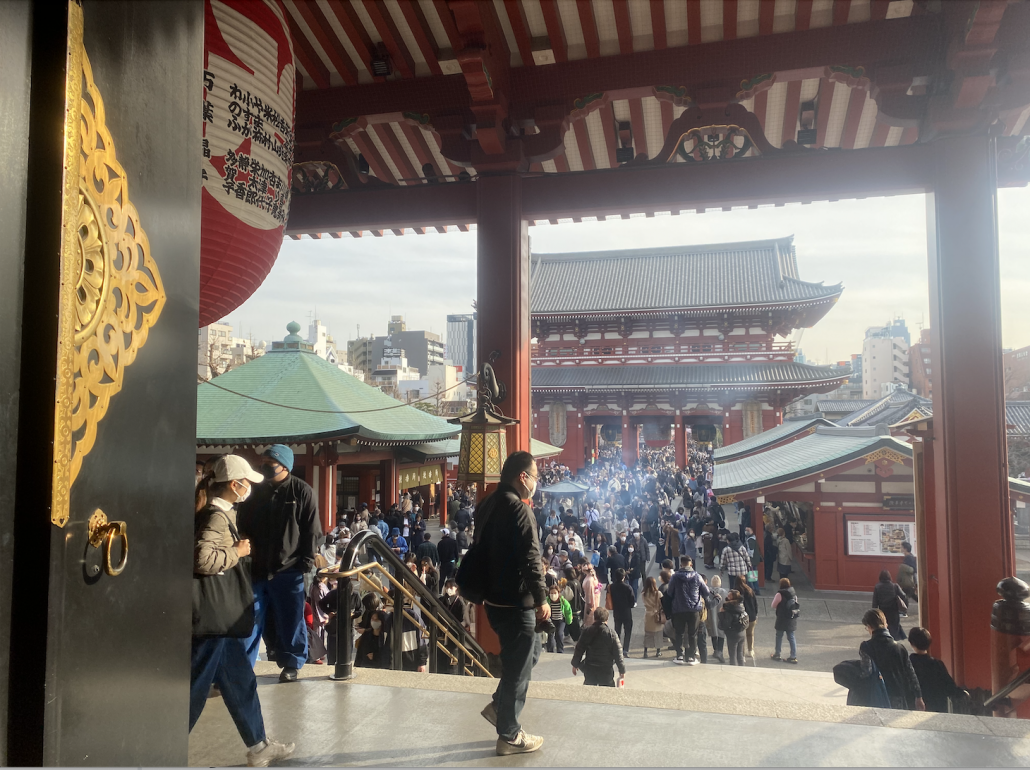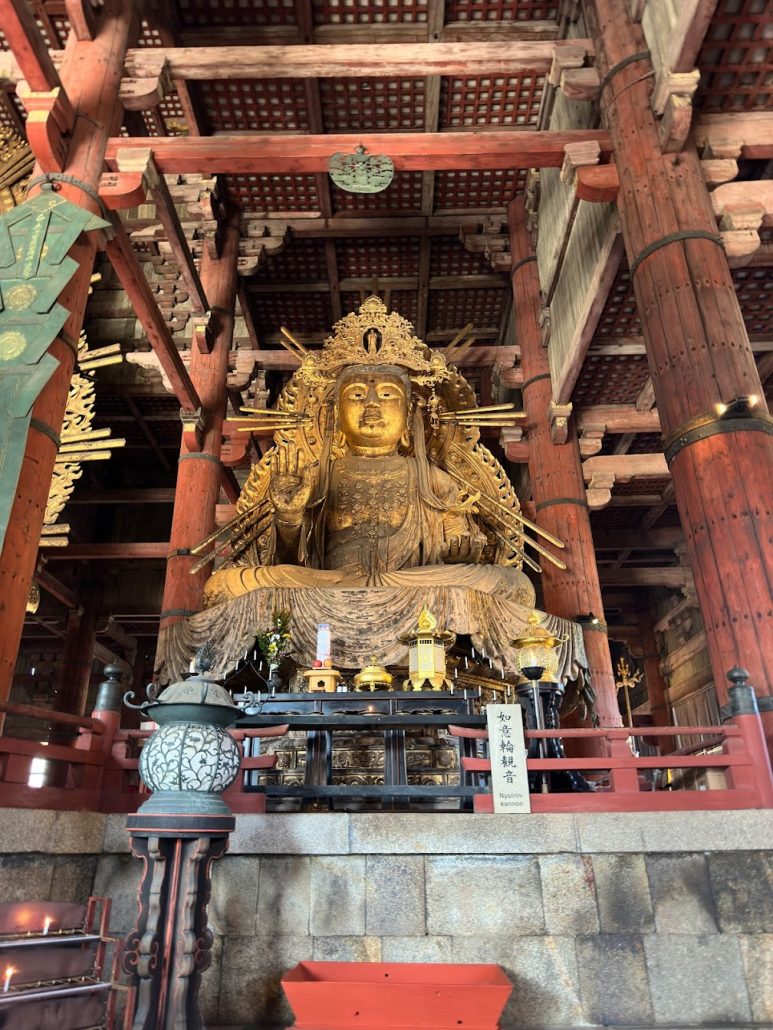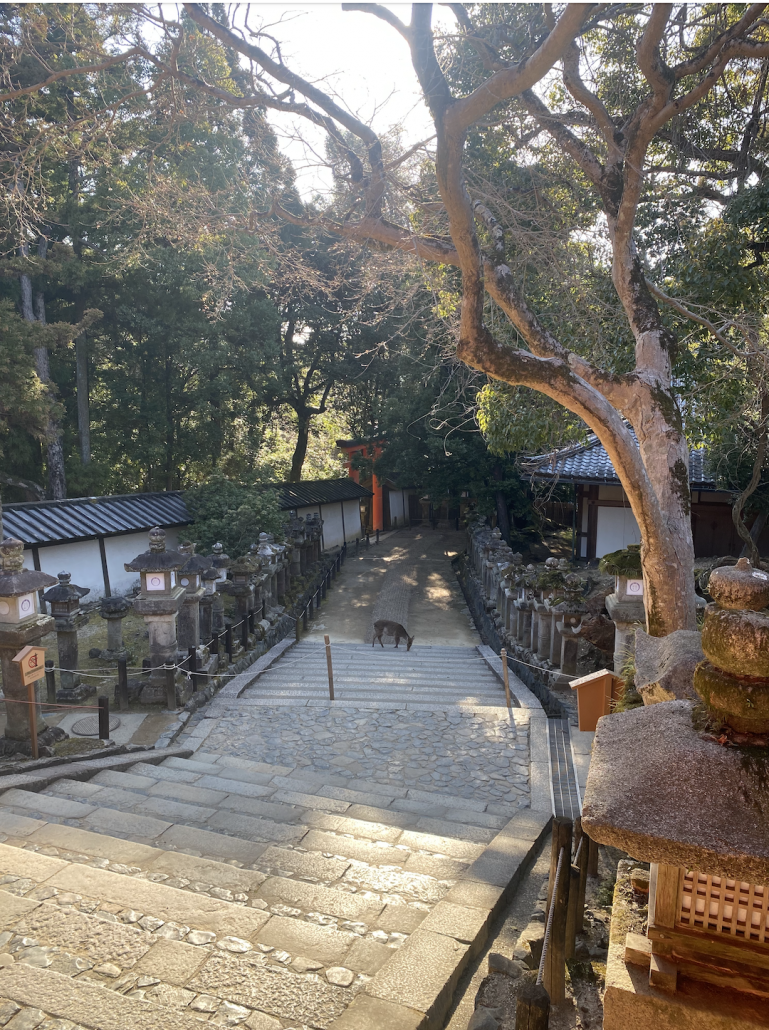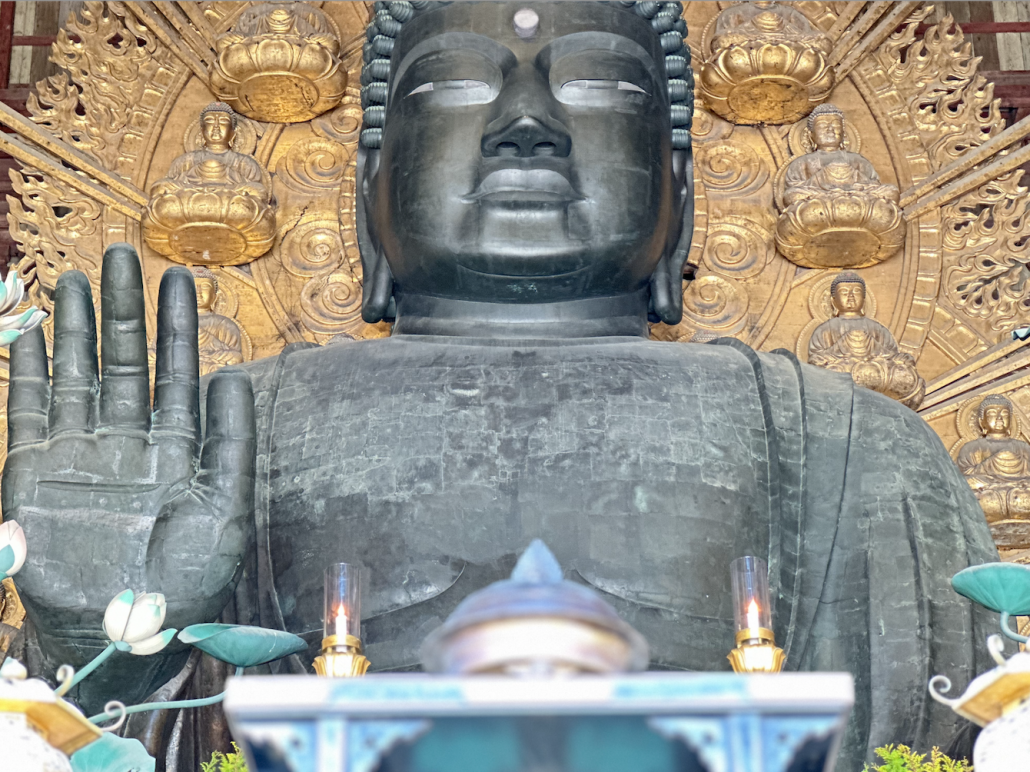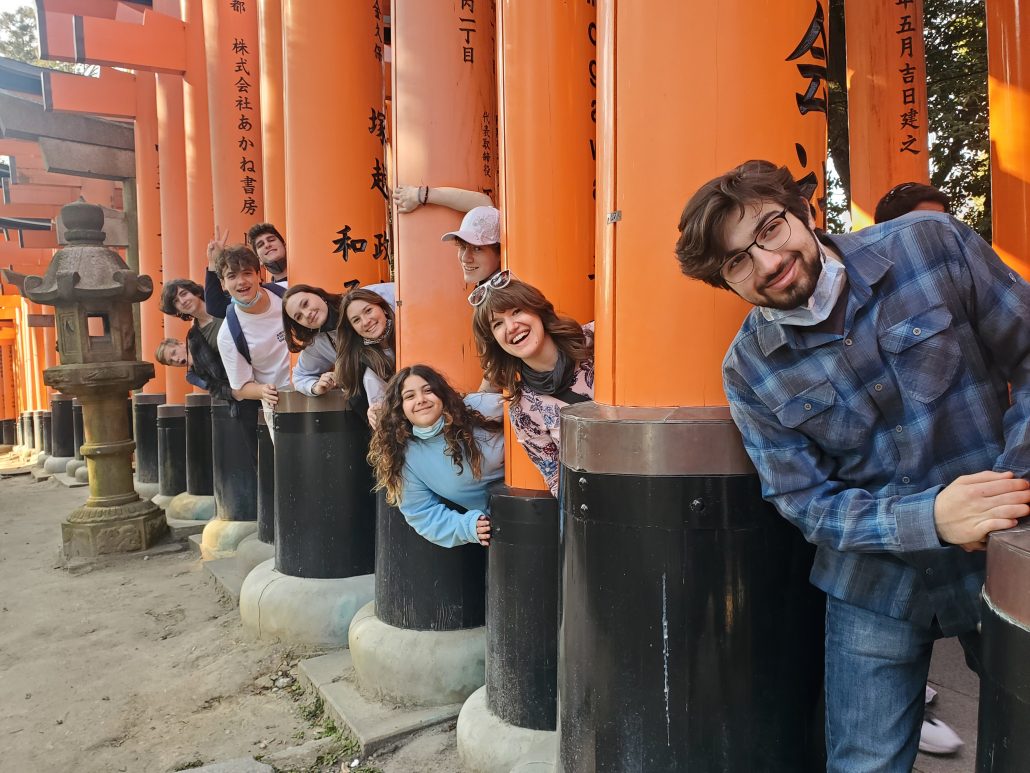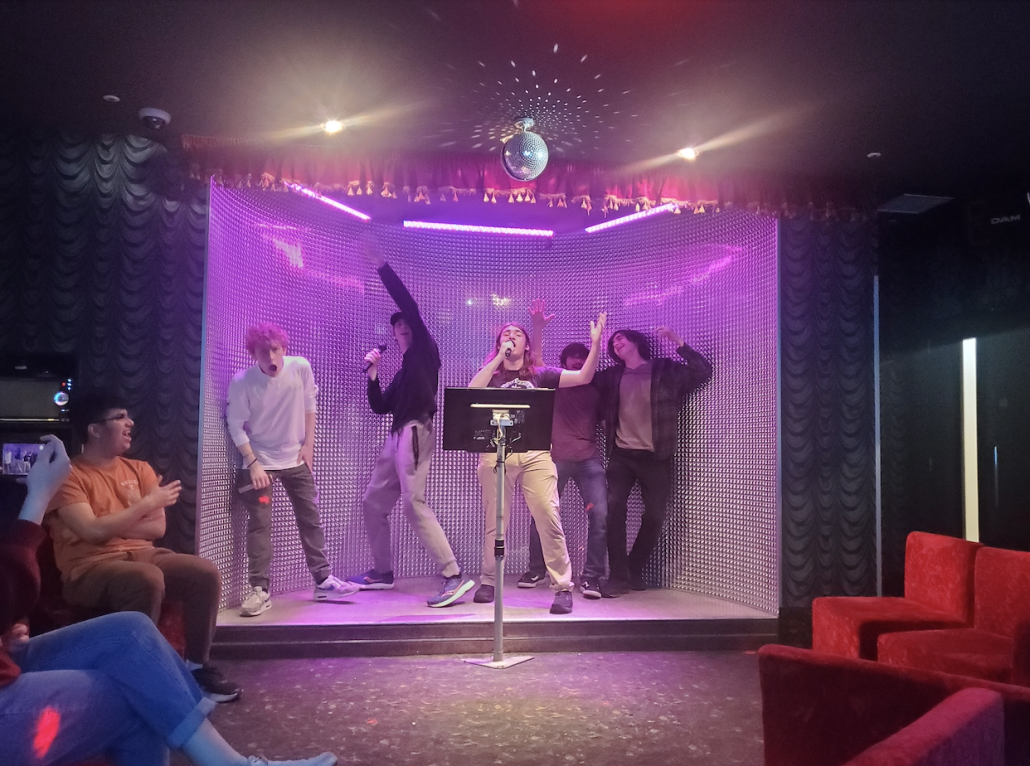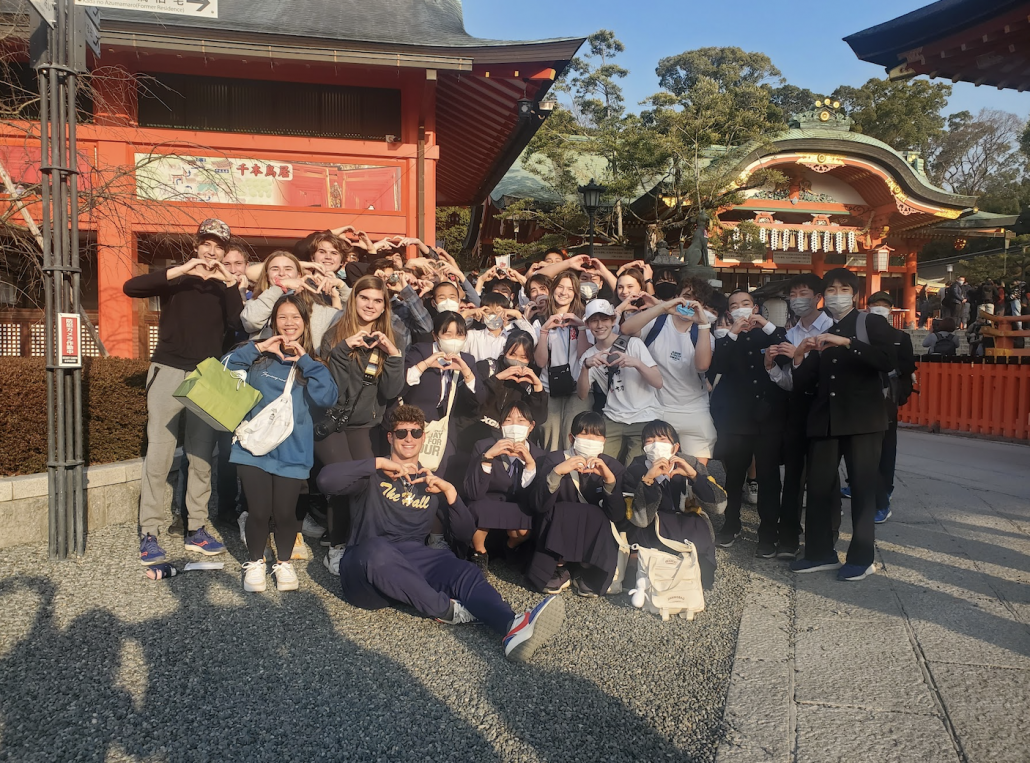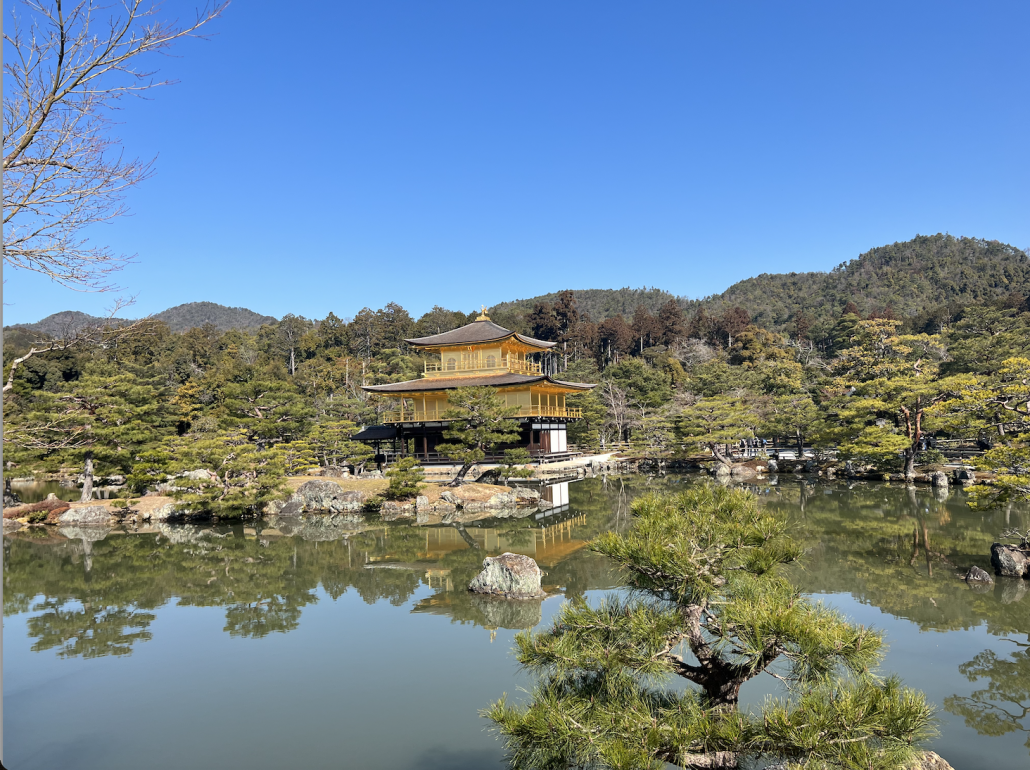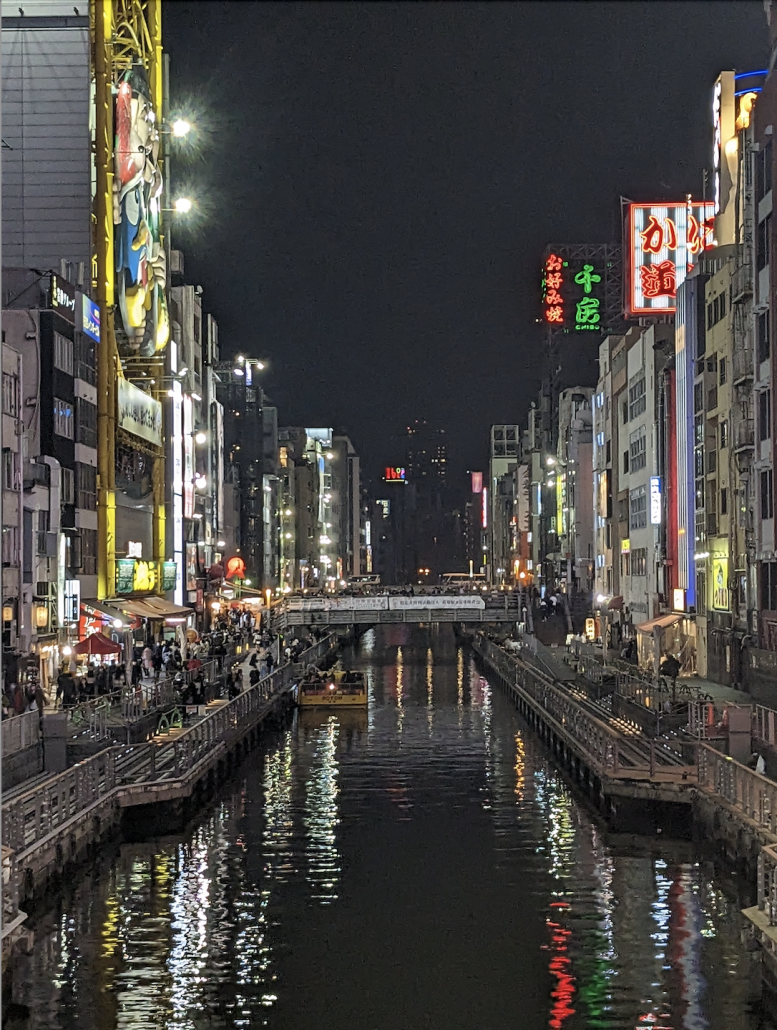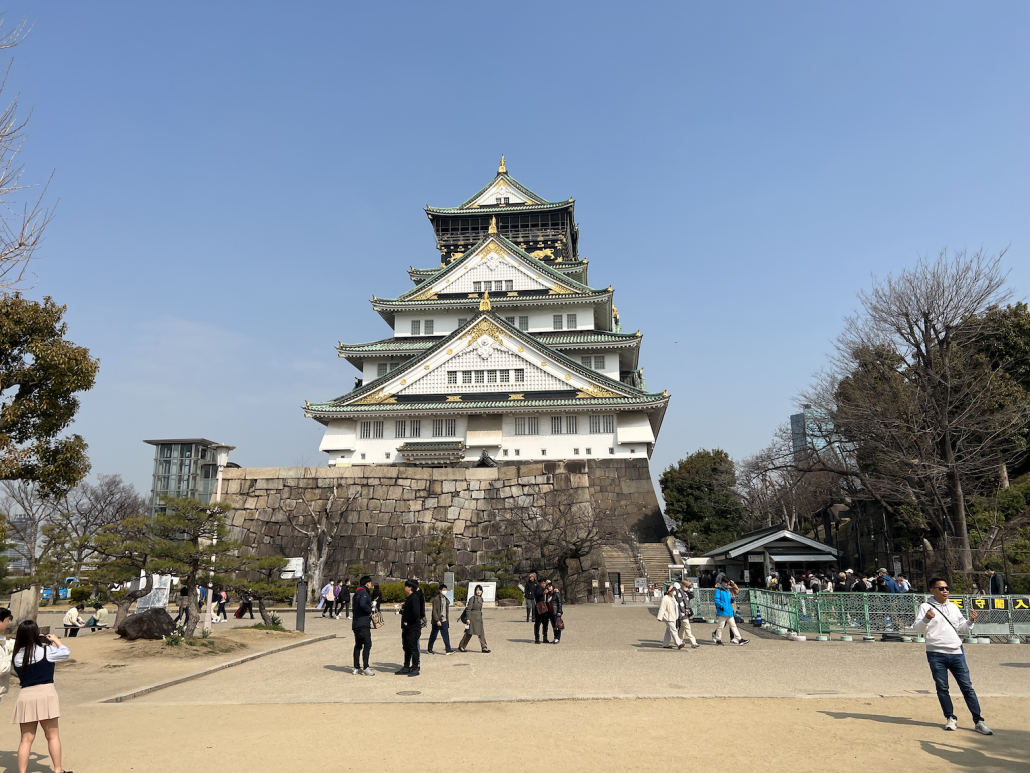The Traveling Journal
The Traveling Journal: My Japan Adventures
Tatum Dunham was an Explorica by WorldStrides Student Ambassador on her trip to Japan this past March. Tatum’s experience traveling with her classmates allowed her to open her eyes to a new world of learning and ignited a flame to never stop exploring the world.
“Our Japan trip was amazing! The first day was a travel day, and we took a flight down to Dallas, where we then flew into Tokyo. After we landed at the airport, went through immigration, and finished up customs, we all met our tour guide, Taku-san, for the first time! He was probably one of my favorite parts of the trip as a whole. The entire group loved Taku-san because he gave us a ton of useful information, but he made it interesting and fun.
Day 1: Tokyo
For our first full day in Tokyo, we visited the Meiji Shrine, the Imperial Palace, the Harajuku District/Takeshita street, and the Sensoji Temple in Shibuya. The Meiji Shrine was the perfect way to start off the trip. It had beautiful greenery, wasn’t too loud, was close to the city, and introduced traditional Japanese culture right off the bat. While we were there, we were lucky enough to see a traditional Shinto wedding ceremony! I had never seen anything like it. It was very interesting to see that ancient traditions are still taking place in our very technologically advanced modern world. That might have been the most fascinating part of the trip: how Japan preserves its ancient history while continuing to modernize at the same time.
Next, we went to the Imperial Palace where we walked around a beautiful garden full of flowers, plum blossoms, koi ponds, and massive military walls. This is where Taku-san told us how the Palace also functioned as a military stronghold for the Tokugawa shogunate. After that, we visited the famous Harajuku fashion district. Some of us bought candied strawberries, but I bought other things from a few makeup stores instead. Lastly, our group took a bus to Shibuya city to visit Sensoji Temple, which was my favorite activity from the first half of the trip. The entire temple and courtyards surrounding it were packed with people, and some of them were dressed in traditional clothing while others were not. We got to explore the Nakamise-dori shopping street and check out the inside of the temple for ourselves. For dinner that night, we ate together at a traditional Japanese restaurant that served tempura.
Day 2: Hakone
On the second day of the trip, we went on a day trip to Hakone. While we were there, we went on a lake cruise around Lake Ashi and visited Hakone Shrine. That day, the weather was very dreary and rainy, so we were not able to visit the shrine for as long as we wanted, but the rain did create an incredible atmosphere for the greenery-embedded shrine. After our visit to Hakone Shrine was done, we rode back to Tokyo down Mount Komagatake to go to dinner at a delicious hot pot restaurant.
Day 3 & 4: Kyoto & Nara
Traveling from Tokyo to Kyoto was our first time riding the Shinkansen bullet train! The station was much smaller than expected, which allowed everyone to go to grab new snacks and drinks to try on the train before we left. My favorite snack was Onigiri, a seaweed-wrapped rice triangle with various fillings. Taku-san encouraged us to try as many drinks as possible from the vending machines before we left, but there were so many options that no one was able to do it! When we arrived in Kyoto, I immediately noticed that Kyoto was much quieter than Tokyo. Taku-san had told us that Kyoto was known as a business city, instead of the center of pop culture like Tokyo, but it was still a huge city. So, the lack of noise was very curious to me, considering that American cities never sleep and are always very loud.
For our first activity in Kyoto, we took a day trip out to Nara, the original capital of Japan and Taku-san’s hometown. The entire town of Nara was swarmed with cute deer! There, we visited two UNESCO World Heritage Sites: Todaiji temple and Kasuga Grand Shrine. These two locations were my favorite from the entire trip, and I most likely will never see anything like them again in my lifetime. Todaiji temple housed a massive Buddha statue that was accompanied by two smaller, golden statues and two stone statues of Hindu gods. The main statue in the temple is the largest sitting buddha statue in the world, but we only got to stay at Todaiji for a small amount of time before moving on to the Kasuga Grand Shrine. Known for its lantern paths, Kasuga Grand Shrine is a massive complex that possesses multiple Shinto Shrines along its paths. We entered the shrine through a small lantern-lined road that lead into a forest and through the main shrines of the complex. There were deer that wandered the roads and eventually found their way into the shrines along with us. At the time we went, the sun was casting a golden light around the entire forest, which made the atmosphere incredibly beautiful the entire time we were there.
Our second day in Kyoto was the most event-packed day. By the end of the day, we had gone to see the Golden Pavilion, Bamboo Forests, Sanjusangen-do Temple, and the Fushimi Inari Shrine. My favorite from that day was Sanjusangen-do Temple because of its scale.The building itself was not huge like Todaiji temple, but the effect it had on me was by far the most impactful of any location of the trip. The entire back half of the hall was stacked with a thousand and one golden statues, each possessing 42 arms. Lined up along the front of the hall were 28 statues of Hindu deities. In the middle of the long hall was a massive golden buddha statue accompanied by golden furnishings, candles, and burning incense. Before going in, I had only anticipated a large amount of smaller statues. So, looking up and unexpectedly seeing a massive, elaborately decorated golden buddha statue was shocking and awe-inspiring. After we left, the power of that place still stuck with me, and it still does whenever I reflect on our stay in Kyoto. As a fun way to end our time in Kyoto, everyone went out to karaoke at a karaoke studio in the middle of the city. Apparently, music and rhythm games are very popular in Japan, which was new information to me. We all had a ton of fun singing and dancing together, so I can definitely see why. Going out to karaoke exposed the more “everyday/nightlife” side of Japan, and it gave me the opportunity to gain more perspective on how people live normally. With huge temples, shrines, and towers, you get a sense of Japanese religion, tradition, and culture. Apart from the fun, that was the other reason why I went out to karaoke, and it definitely paid off.
Day 5: Osaka
Beginning our last half of the trip, our next stop was Osaka. Our stops included Osaka Castle, Umeda Sky Building, and the Dotonbori shopping district. Taku-san told us that Osaka is known as the food capital of Japan, which got everyone very excited to explore the street food and vendors at Dotonbori. But first, we visited Osaka Castle, a very expansive, multi-leveled castle that doubled as a museum. Across the courtyard, there was an action-figure museum that Taku-san gave us the option to go into, but a group of friends and I opted to visit the museum inside the castle instead. One of the best aspects of the trip was how many choices we had. The whole time, I never felt constricted or prevented from exploring. Taku-san made sure to give us a lot of free time in each location so we could all create our own adventures in the places that interested us as individuals. In some of the locations that we visited, there were multiple options we were given the freedom to choose ourselves. The freedom to explore my personal interests at each location really amplified the experience because I did not feel like I was forced into anything or going anywhere. There was something for everyone in every city, regardless of their personality or interests.
Next, the group visited the Umeda Sky Building, which was very opposite from the traditional-style Osaka Castle. The view from the top was stunning, and we could see almost the entire city from the top! Surprisingly, the city was almost silent, and the only noise around us was made by the footfalls of other tourists. The Umeda Sky Building is also used for international relations, which piqued my interest. We had not visited a governmental building before, so being able to witness the entire cityscape of Osaka from such an important location was amazing. Lastly, we went shopping at Dotonbori street! Massive, flashing signs decorated the outside of each store, so the entire street was very lively and visually exciting. Along Dotonbori district is a side street famous for its ramen, so naturally, a group of friends and I went and enjoyed some of the best ramen we have ever tasted. The food in Japan did not disappoint, and it’s one of the reasons that I signed up for the trip. Every night, we had amazing food that spanned from traditional style, Japanese barbecue, to more trendy meals in modern restaurants. During the days, lunch was our choice. So, we had the opportunity to choose whatever kind of new food we wanted to try each day. Once we left the loud, crowded, and flashy shopping district, we eventually left for the hotel to wrap up our Osaka adventures.
Day 6 & 7: Hiroshima & Miyajima Island
Lastly, we stayed in Hiroshima for two days. The first day was entirely dedicated to visiting the Hiroshima Bombing Memorial and Peace Park. Although the rest of the time spent in Japan was very lighthearted and fun, this day was not. From my experience, however, I concluded that it is necessary for any foreigner traveling to Japan to visit Hiroshima. The opportunity to visit the Bombing Memorial as an American is very rare, as it presents the opportunity to learn about familiar historical events from a completely different light. The stories that were told throughout the museum and corresponding park were necessary, yet gutting. Without that day, the trip would have fallen short. Hiroshima and Nagasaki are massive components of Japanese history and have influenced major aspects of Japanese culture and lifestyle, so going without them would have excluded a major aspect of Japan itself. I am very glad that WorldStrides included the Bombing Memorial on the itinerary, as it allowed us to gain insight into every part of Japan, not just the beautiful architecture, amazing food, or friendly people.
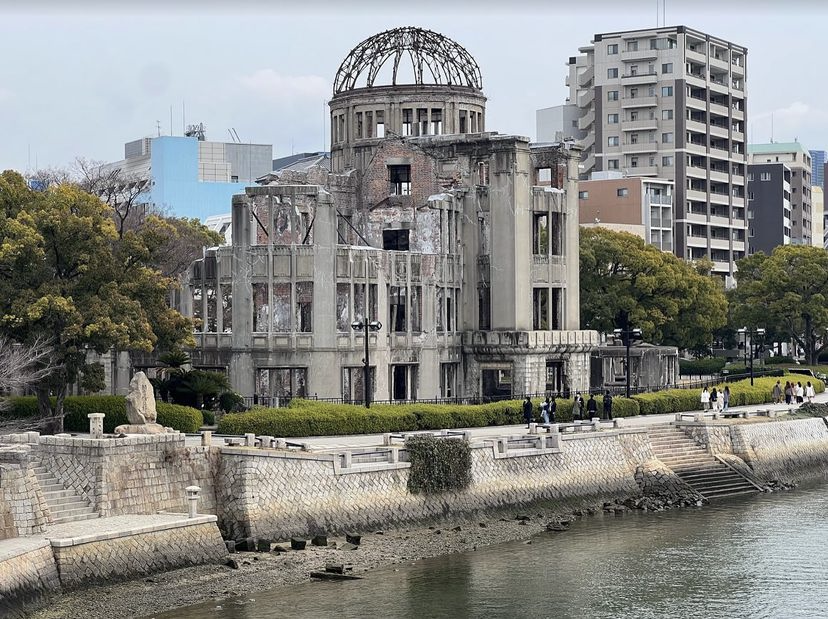
On the last day of the trip, we visited Miyajima Island, which Taku-san explain is famous for its maple-shaped, stuffed cakes called momiji manju. We boarded a ferry and boated to the island from a dock in Hiroshima prefecture. From there, we walked through the island to visit Itsukushima Shrine and Senjokaku Pagoda. Itsukushima shrine was fully docked in the water, and its hallways were completely open to nature. While we walked, Taku-san explained that the current shrine was the original from 593 AD and had not been destroyed by natural disasters or fires like the other shrines we had visited. Apart from standard upkeep and renovations, the boards others walked on, the shrines they prayed at, and the roof that protected them were the same ones that did the same for people about 1500 years ago. That is why my trip to Japan is unforgettable. The country possesses such a rich and ancient culture that America simply does not have because of its young age. As Americans, we are constantly living in the present and do not have access to such rich histories, traditions, and customs.
Through WorldStrides, I was able to open a door to a completely different world, one that was rooted in thousands of years of civilization and human experience. The opportunity to visit and appreciate such a faraway place is so rare and precious to me, and I will never stop exploring. Thank you WorldStrides.
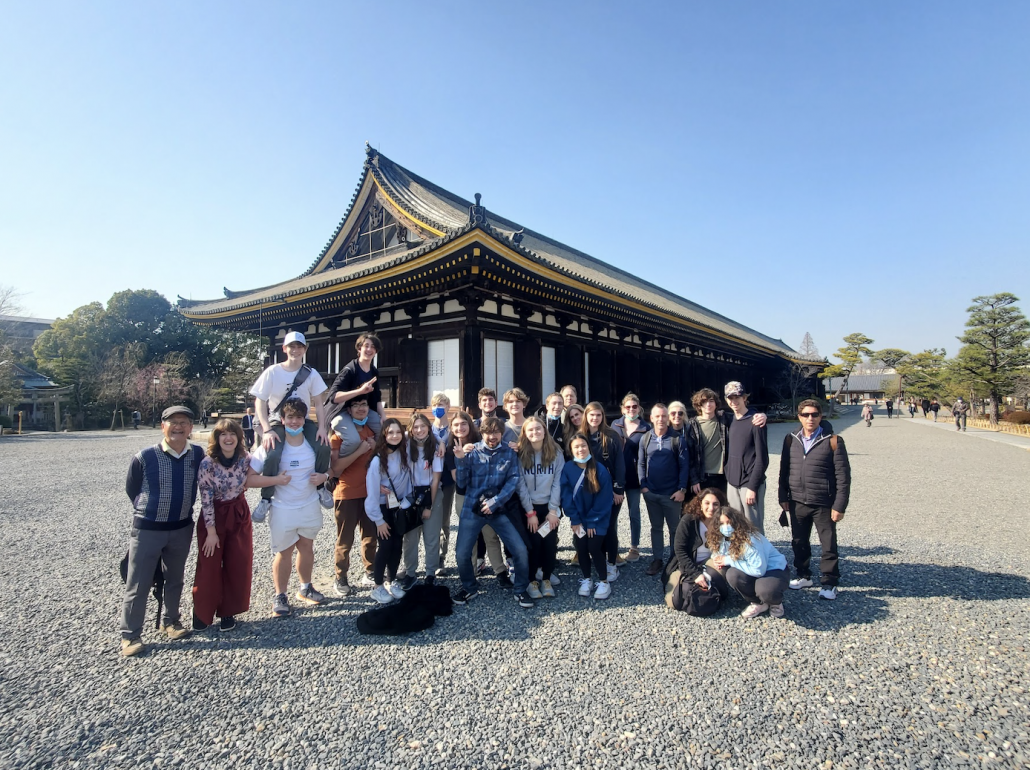
Related Articles

The 2024 WorldStrides Student Photo & Video Contest Gallery
Tatum Dunham was an Explorica by WorldStrides Student Ambassador on her trip to Japan this past March. Tatum’s experience traveling with her classmates allowed her to open her eyes to a new worl...
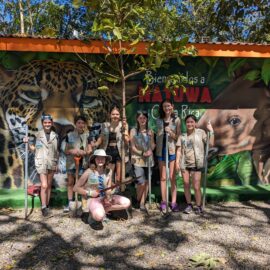
Girl Scouts: Costa Rica Tour
Tatum Dunham was an Explorica by WorldStrides Student Ambassador on her trip to Japan this past March. Tatum’s experience traveling with her classmates allowed her to open her eyes to a new worl...

2024 Mérida Pride Parade
Tatum Dunham was an Explorica by WorldStrides Student Ambassador on her trip to Japan this past March. Tatum’s experience traveling with her classmates allowed her to open her eyes to a new worl...

Rise Up, Take Action: How to Support the LGBTQIA+ Community
Tatum Dunham was an Explorica by WorldStrides Student Ambassador on her trip to Japan this past March. Tatum’s experience traveling with her classmates allowed her to open her eyes to a new worl...

